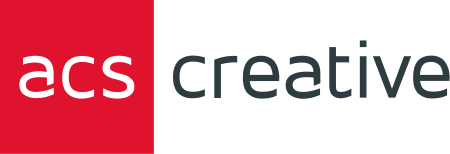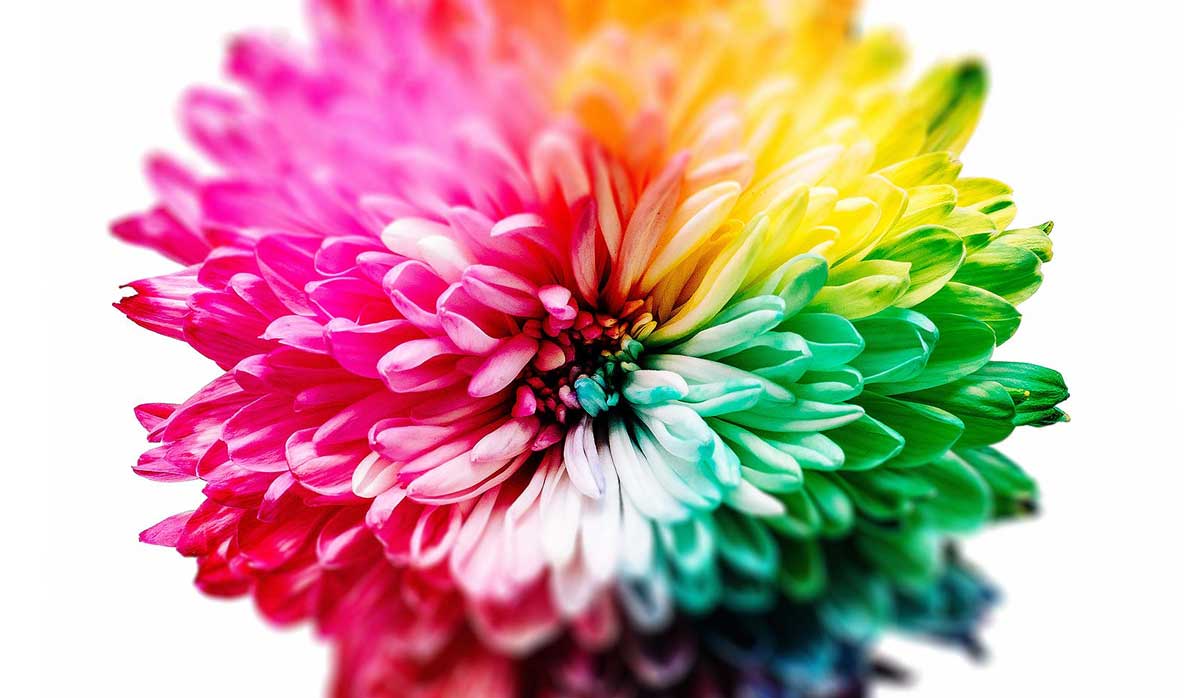Digital or Print. It Makes a Difference To Your Designer
Designer-speak: RGB & CMYK
Working with a professional designer provides a lot of relief for many marketers who, while creative, aren’t necessarily adept with actually executing those visions dancing around in your brains. Effective communication with your designer is critical to helping them bring your vision to life.
Designers not only have a unique approach to visualizing our ideas, they also have their own language. Has it left you scratching your head wondering how to tell them what you want? You’re not alone.
One of the first questions your designer will ask is whether your designs will exist in a digital format (website, social media, infographics, videos, etc.) or a printed format (stationery, billboards, vehicle wraps, product packaging, etc.). Maybe you’ll need designs that work in multiple formats. It’s important for your designer to understand those applications not just from a design perspective, but also from a color-choice standpoint.
RGB and CYMK are the terms designers (and printers) use as the basis for your brand’s color palette. Confused? It’s actually easier to learn than you might think.
We’ll start with words that sound like math but are actually science:
Additive and Subtractive. Light and color work together and that’s how we differentiate different colors from one another. Basically, they exist on the visible light spectrum where at one end, the shorter electromagnetic waves are perceived as blue, and at the other end, our eyes perceive the longer waves as red. Green falls nearer to the middle. Red, Green, Blue (RGB) are considered primary colors and are the most prominent on the visible light spectrum.
RGB colors are additive colors that are created by shades of light. Subtractive colors are visible when white light reflects off of them. As subtractive colors Cyan, Magenta, Yellow, and Black (CMYK) are created by blending various amounts of RGB colors – black is the exception—and “subtracting” the amount of white by deepening the colors and moving them closer to black.
Additive colors (RGB) are created by adding light; the more light you add the closer they move to becoming white. We use light in digital applications like computer and cell phone screens. Subtractive colors (CMYK) are made by taking away (replacing) light until you ultimately end up with black. In traditional printing, we start with white paper and “subtract” from the amount of white by covering it with millions of colored dots in a process called full-color or four-color printing.
That’s the end of the science lesson. If your final application is digital, your designer will work in RGB. If your final application is printed or painted, they’ll use CMYK. What’s important for you to understand is that today most of your design work is created on a computer so what do you do to when you want to print something that was created on the computer?
Printers will need you to convert your RGB files to CMYK files. That’s a good ask for your designer. Have them provide you with the converted files so you have them available if you need them for a print application. Most printers can do the conversion for you, also, if you need them to. However, the colors you see in CMYK will look less vibrant than the RGB colors you see on your computer screen. If an exact color match is what you need, explain that to your designer at the beginning of the project so they can create designs and give you files with that application in mind.
In addition to understanding the color conversion process for digital publishing versus print publishing, the type of file format you create and save is also important.
JPEG, PSD, PNG, and GIF are the best formats for RGB, or digital, uses of your design. They generally have smaller file sizes, transparency for layering, and offer good options for animation.
PDF, AI, and EPS give you the most flexibility for printed applications. AI is an Adobe Illustrator extension and is a good option if everyone from the designer through the printer is using Adobe Illustrator. However, if you aren’t sure of the software capabilities of the end-user, it might be best to save as an EPS because it has broader compatibility with vector programs. PDF is an ideal format because PDF files are compatible with most software packages.
A professional designer will take the time to help you understand these terms, applications, and file formats to ensure you get the end-product that gives you the best quality for your project. Having a basic understanding of how color works and why it’s important to chose the best color creation (RGB or CMYK) and the best file types will ensure you end up with the products that look exactly as you expect them to.

